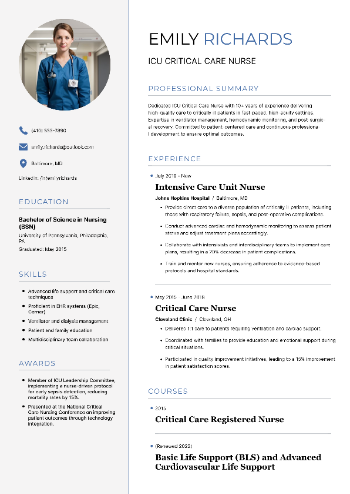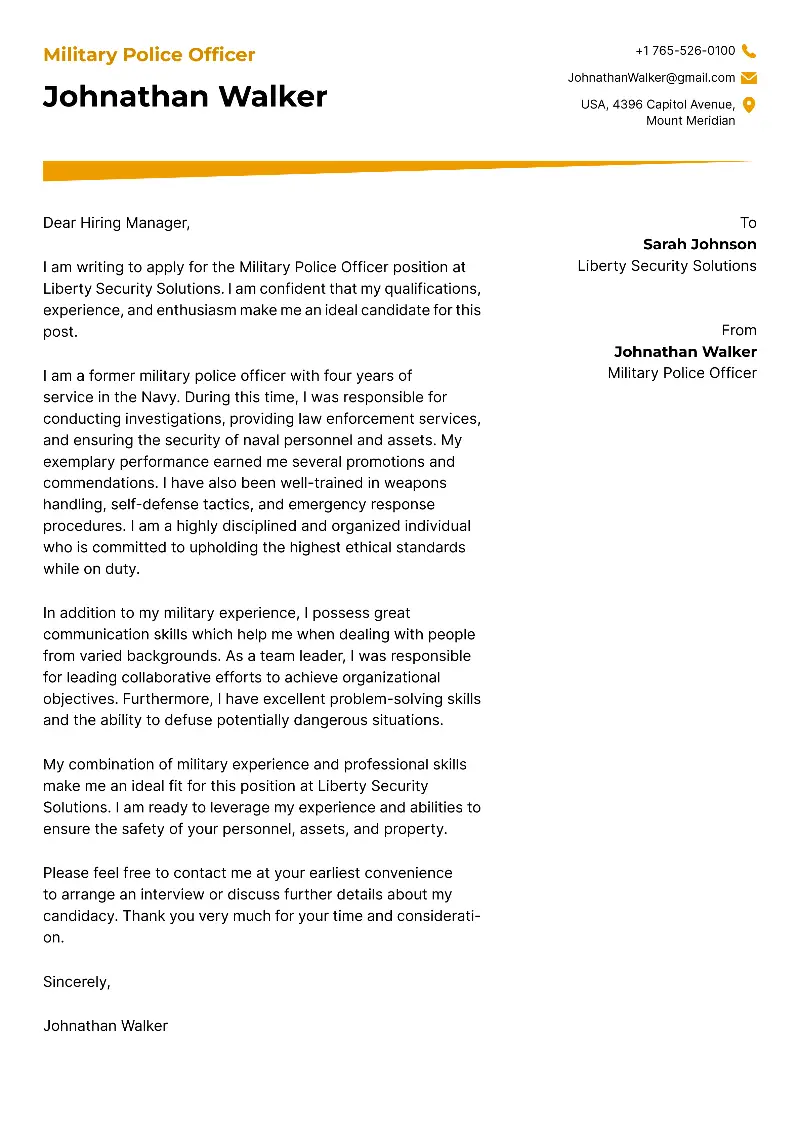When thinking what goes on a resume, one common question is: how far back should a resume go? Including every job you’ve ever held might seem like a way to showcase your extensive history, but it can also overwhelm recruiters with irrelevant information.
Understanding how many years of experience should be on a resume and what to leave out is key to presenting a focused, compelling document that highlights your most relevant skills and experience.
This article breaks down what should be included in a resume, considering factors like career length, job relevance, and industry norms.
This is how an ideal resume should look like:
Now, let's explore how to build such application.
It takes a lot of time to get experience, and once you have it, you ought to go on using it.
Guidelines for resume length
- Generally, a one-page resume is recommended for entry-level candidates, recent graduates, and those with only a few years of experience.
This is because recruiters typically spend only a brief amount of time scanning each application. A concise format helps highlight the most relevant information without overwhelming the reader.
- For mid-level professionals with more years of experience, typically ranging from 4 to 10 years, a two-page resume is more appropriate.
It provides room for more detailed work history, accomplishments, technical proficiencies, and leadership roles that could make you a stronger candidate for positions requiring a higher level of expertise.
- In some cases, such as for senior professionals or those in academia and research, a resume may extend to three pages or more.
Individuals in these categories often have a breadth of experience that includes major projects, leadership positions, publications, and strategic achievements that need to be captured comprehensively.
Regardless of the length, effective formatting also plays a role in managing space. Using clear headings, concise language, and strategic layout choices can make even a longer resume easy to read.
Create your professional Resume in 10 minutes for FREE
Build My Resume
How far back should your resume go?
How many years back should a resume go depends on your level of experience, the relevance of past roles, and the industry you're in.
How far back to go on a resume for entry-level professionals?
For recent graduates or those early in their careers, listing all relevant jobs, internships, and significant volunteer work is appropriate, even if it spans just a few years.
The focus should be on positions that showcase relevant skills and experiences rather than trying to fill space.
If you’re just starting, your education and projects can play a more prominent role.
How far back should your resume go for mid-career professionals?
For candidates with more than a decade of experience, limiting the resume to the last 10 to 15 years of your work history is advisable.
This range generally covers the period during which your skills and accomplishments are most relevant to current industry standards and expectations.
You can summarize older positions in a brief section titled "Earlier Experience", listing only job titles, companies, and dates.
How much work experience to include on resume for senior roles?
For senior professionals or executives, it’s still generally best to focus on the last 15 years.
For example, if you led groundbreaking projects early in your career that remain relevant, you might want to include them briefly.
However, most of the emphasis should still be on more recent jobs.
How to write years of experience in resume with career changes or gaps?
If you have transitioned to another career, focus on the experience that is most relevant to the job you’re applying for. You can label a section as "Relevant Experience" and list jobs from different periods that align with your current goals, regardless of whether they are sequential.
This approach allows you to highlight your experience without drawing too much attention to unrelated roles.
A functional resume emphasizes skills and accomplishments rather than a strict chronological work history. This format is useful if you’ve had significant changes.
If you have employment gaps, it’s important to address them without dwelling on them.
For gaps due to further education, personal development, or freelance/consulting work, briefly mention them in separate sections. You can also list volunteer work, caregiving, or any relevant unpaid experience during those periods.
If you’re concerned that it might raise questions, you can address the transitions in your cover letter. Focus on the reasons and how the skills gained in past roles are applicable to the job you’re pursuing now.
Create your professional Cover letter in 10 minutes for FREE
Build My Cover Letter
Exceptions on how far back should your resume go
In specialized fields like academia or highly technical professions, it may be appropriate to include research or work history in resume that extends beyond the typical 15-year limit.
If you are returning to a field you left many years ago, showcasing older experience from that sphere can be critical.
For example, if you spent the last 10 years in a different industry but want to return to a prior role where you have strong experience, earlier jobs should be highlighted to demonstrate your qualifications.
FAQ on how far back should a resume go
- Should I include part-time jobs?
- Mention them if they are relevant to the position you’re applying for or demonstrate valuable skills and achievements. If you have more recent, pertinent experience, you might choose to omit them.
- What if I’ve had a long career in one company?
- Detail your progression within the organization by listing different roles over time. This shows your growth and the breadth of your experience without focusing solely on the starting point of your career.
- How detailed should I be about each job?
- For older roles, you can provide a brief summary of key responsibilities and accomplishments. Avoid going into excessive detail as the focus should be on recent and relevant experiences.
- What if my job experience doesn’t seem sufficient?
- Emphasize relevant skills, achievements, and any additional training or certifications. Highlight how your past experiences and transferable skills can contribute to the role you’re applying for.
- How far back should a resume go if I’ve had a series of short-term jobs?
- Group similar roles together or highlight the most significant contributions and results to show a pattern of expertise and growth.
Conclusion
Deciding how many jobs should you list on a resume is about striking the right balance between relevance and recency.
For most professionals, a 10 to 15-year history is ideal. Exceptions apply depending on your career stage, industry, and the specific job you’re targeting.
Focus on showcasing the roles and achievements most aligned with your career goals. Remember that your resume is a strategic tool to demonstrate why you’re the best candidate for the job—not a complete career history.



























